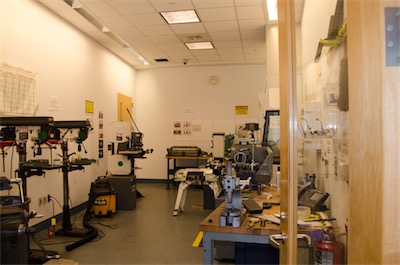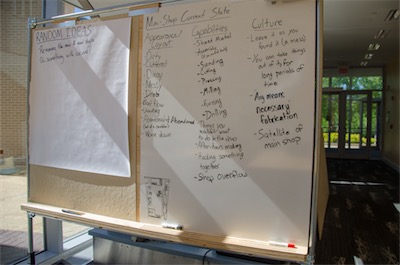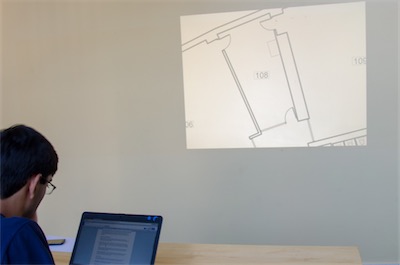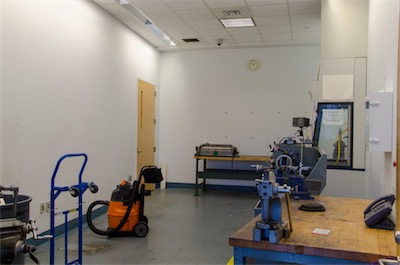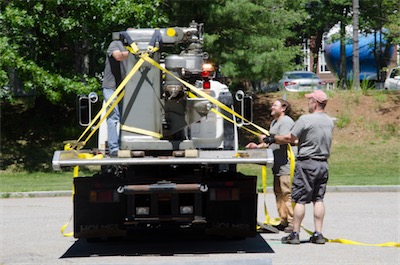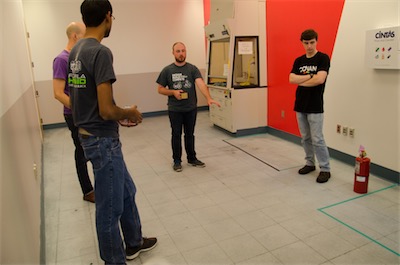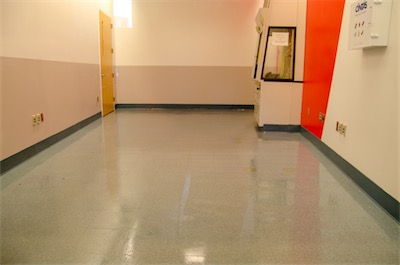The Workshop
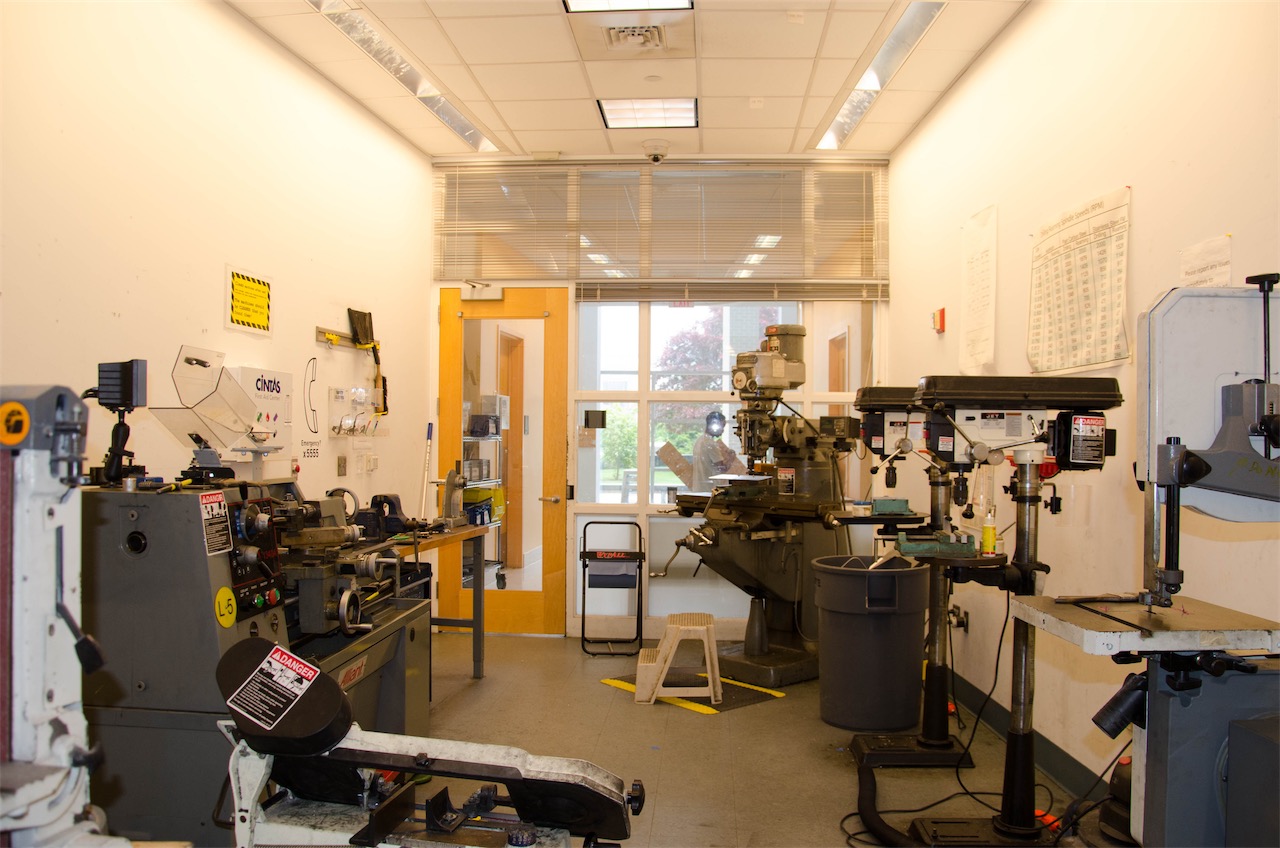
Current State and Culture
The primary function of the mini-shop is to be a space that enables students to continue making after the main shop closes. However, it is currently in a state of disarray. There is a perpetuated culture of lack of respect for the space: machines are not cleaned, benchtops are left cluttered with tools and scrap metal, and tools are taken and not returned. These behaviors are enabled by the community view that the space is considered separate and distinct from The Shop. This divide between the “main” and “mini” shops is primarily a result of the lack of formal ownership of the mini-shop by any member of The Shop staff.
Opportunities and Pain Points
There is vast potential for improvement within the mini-shop. Many of these possible changes are blanketed under one primary opportunity: to transform the mini shop from a &ldqou;satellite” area of The Shop into an integrated part of the overall shop area. By integrating the space with the overall shop system, space, and culture, many of the current issues can be addressed. By creating one unified shop, we can increase the attention given to the space.
Goals
- Improve capabilities - Adding more advanced tools will increase the potential of the space as well as change the perception of the space from a place where old and poorly maintained machines live to a place with new and exciting possibilities.
- Improve safety - Reassessing the current tool selection and adding in new tools to The Shop that prevent people from injuring themselves during use will improve safety after hours when the space is not actively monitored by a full-time staff member.
- Change the culture - Design the space and systems to facilitate the desired culture and inhibit elements of the current culture. Additionally, integrate the culture of the space more with the overall culture of The Shop.
- Create a “test kitchen” for The Shop - The space can also act as a testing ground for new processes and making techniques. This means low impact to the general shop area while things are still being flushed out. This allows the mini-shop space to be on the cutting edge of what is happening in The Shop, fostering a culture of respect for the space.
- Increase oversight - (Olin's acronym for student staff - it stands for “Need information now? Just ask.") ” assigned to the space can act as the caretakers of the space to maintain it. These NINJAs would work with the shop faculty, staff, and other NINJAs to continually improve the function and systems within the space.
- Visual consistency - Keep the visual elements of the space not only consistent with each other, but also with the overall shop. This will help to visually integrate the spaces.
Tensions and Challenges
- Space vs. tools - Space is a precious resource inside of The Workshop, which makes it a challenge to simultaneously have all the necessary tools for people to do proper making and do so in a safe, unsupervised environment.
- Safety vs. need - Since the space is regularly used in an unsupervised manner the operator’s safety is a concern. The tools available in the room should not be &ledquo;red” tools, which pose a risk of severe injury or death. However, these machines are those that users request.
- Control vs. access - A highly regulated space (such as the ShopBot room) increases the ease of maintaining a positive and respectful culture. However, this control is at the cost of reduced access for the majority of students.
- Physical integration with The Shop - The door that physically connects The Workshop to the main shop can only be open during the business hours of The Shop. This limits the extent of the physical integration between The Workshop and The Shop.
